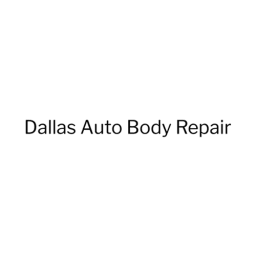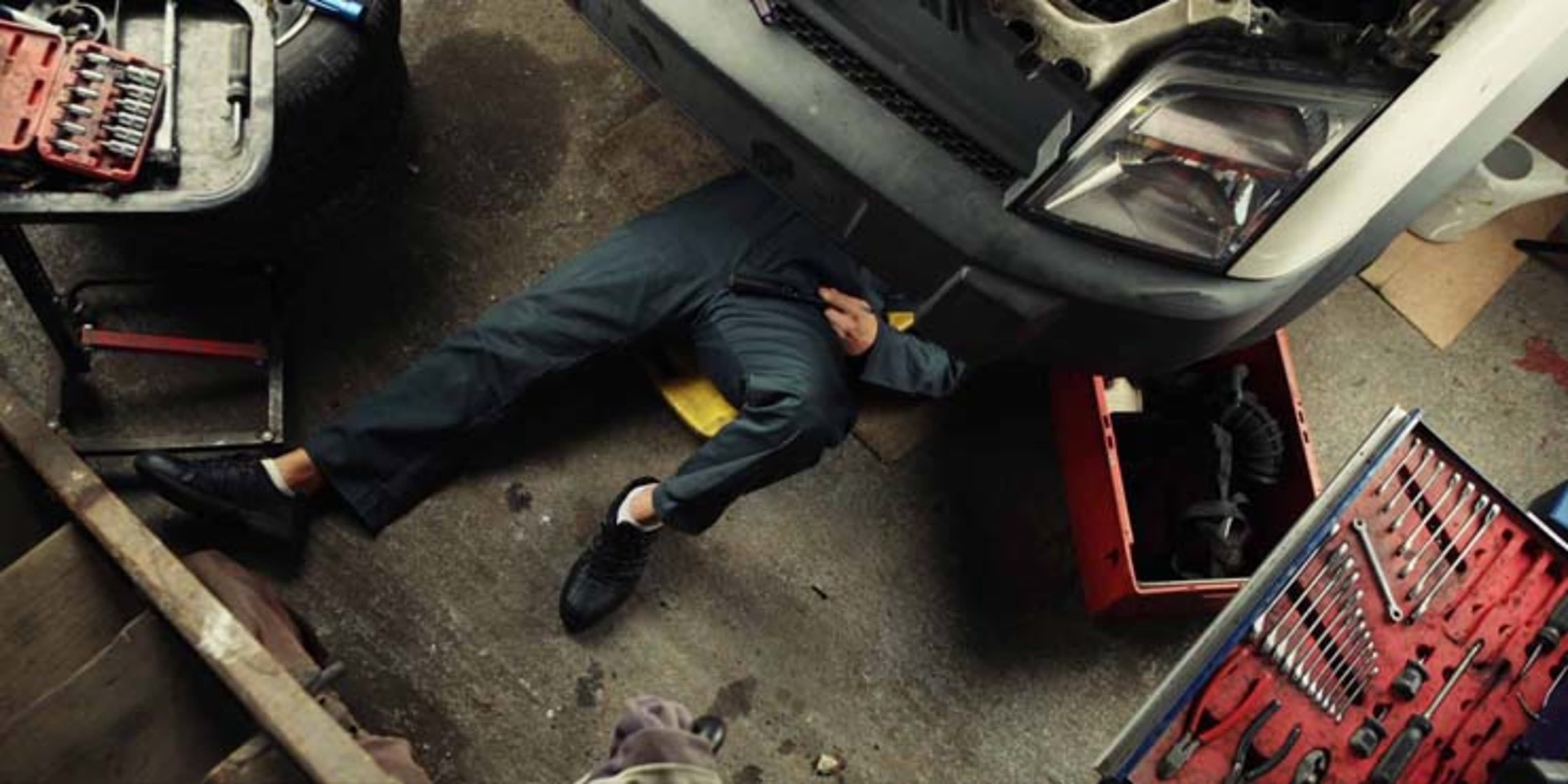
2024

Best Auto Repair Shops
Find a Top-Ranked Auto Repair Shop Near You
We did the research for you!
- Licensing
- User Reviews
- Mystery Shopping Calls
Learn about our selection process.
Top Auto Repair Shops
= Featured Provider
New York, NY
Car Genius
New York City, NYExpertise.com Concierge Service
New York, NYNational Discount Tires and Wheels
Bronx, NY 10462
Los Angeles, CA
Charlie’s Transmissions
7330 Rosecrans Avenue, Paramount, CA 90723Car Genius
Los Angeles, CAAutomed Euro
13332 W. Washington Blvd, Los Angeles, CA 90066
Chicago, IL
Car Genius
Chicago, ILExpertise.com Concierge Service
Chicago, ILMidwest Performance Cars
Chicago, IL 60607
Brooklyn, NY
Parkside Auto Care
584 Union Street, Brooklyn, NY 11215Ambato Auto Service Inc
1090 Flushing Ave, Brooklyn, NY 11237Urban Classics Auto Repair
56 Kosciuszko St., Brooklyn, NY 11205
Queens, NY
Great Bear
16416 Sanford Ave, Flushing, NY 11358M.I.C. Tire Pros at Astoria Shell
43-20 Astoria Blvd, Astoria, NY 11103Lee Myles AutoCare Transmissions
201-06 Hillside Ave, Hollis, NY 11423
Houston, TX
Car Genius
Houston, TXExpertise.com Concierge Service
Houston, TXSteve’s Automotive
Houston, TX 77056
Phoenix, AZ
Car Genius
Phoenix, AZExpertise.com Concierge Service
Phoenix, AZLegends Luxury Auto Repair
2412 North Scottsdale Road, Tempe, AZ 85281
Philadelphia, PA
Salhani Auto Service & Sales Emissions & State Inspection Station
5201 Roosevelt Boulevard, Philadelphia, PA 19124Blatt Tire & Auto Repair
1000 Ridge Ave., Philadelphia, PA 19123Rapco
1620 West Hunting Park Ave., Philadelphia, PA 19140
San Antonio, TX
Car Genius
San Antonio, TXExpertise.com Concierge Service
San Antonio, TXSeymour's Garage
8411 Speedway Drive, San Antonio, TX 78230
Dallas, TX
Rescue Diesel Repair
Dallas, TXCar Genius
Dallas, TXDallas Auto Body Repair
11055 Harry Hines Boulevard, Dallas, TX 75229
Top Auto Repair Shops in other locations
- Auto Repair Shops in Memphis, TN
- Auto Repair Shops in Baltimore, MD
- Auto Repair Shops in El Paso, TX
- Auto Repair Shops in Boston, MA
- Auto Repair Shops in Milwaukee, WI
- Auto Repair Shops in Denver, CO
- Auto Repair Shops in Seattle, WA
- Auto Repair Shops in Nashville, TN
- Auto Repair Shops in Washington DC
- Auto Repair Shops in Las Vegas, NV


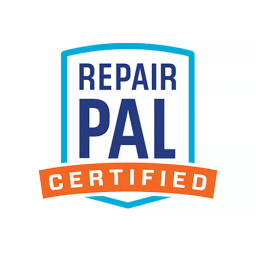




.jpg)
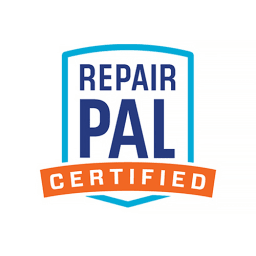









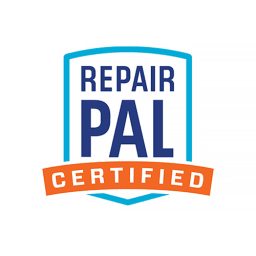





.jpg)
